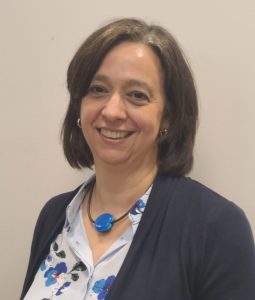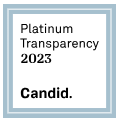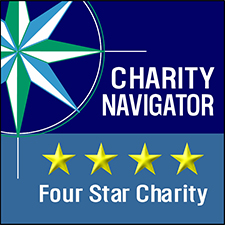World AIDS Day takes place on December 1 each year. It’s an opportunity for people worldwide to unite in the fight against HIV, to show support for people living with HIV, and to commemorate those who have died from an AIDS-related illness.
When scientists first identified the virus that causes AIDS in 1983, a diagnosis could carry a life expectancy of months. By 1994, AIDS became the leading cause of death for all Americans ages 25 to 44. The death toll had risen every single year from 1981 to 1994, and a cumulative total of 270,000 people in America had died from the disease or its complications.
Earlier this month, the New York Times reported that death rates for people in the US with HIV had fallen by 50% from 2010 to 2018. Dr. Jeanne Marrazzo, Director of Infectious Diseases at the University of Alabama in Birmingham credited the success to investments in HIV care, including the federal Ryan White HIV/AIDS Program, for such services as nutritional support, social work, psychiatry and other assistance. “This is not just about the drugs. It’s the entire structure that supports people,” she said. “Sometimes that’s lost in the dialogue.”
On August 18, 1990, Congress enacted the Ryan White Comprehensive AIDS Resources Emergency (CARE) Act to improve the quality and availability of HIV care and treatment for low-income people with HIV. The Ryan White HIV/AIDS program provides HIV care and treatment services to more than half a million people in the U. S. with HIV. People living with HIV/AIDS frequently suffer from numerous comorbidities, such as cardiovascular disease and diabetes. Ryan White supports people with HIV at each stage of their illness, helping them to remain in care, take their medications and stay healthy. It is an example of the positive impact of comprehensive, holistic care for people living with severe and chronic disease. Ryan White was the one of the first programs to recognize the vital role of interventions, like housing, transportation and especially access to nutritious food, as key determinants of health.
I can remember watching Ryan White and his mother when they appeared on the Phil Donahue show in the 1980’s. This brave teenager had endured rejection, intimidation and bigotry. Yet, he was willing to step forward to educate people about a disease that carried so much stigma. His legacy is the federal program that bears his name and has helped drastically change the prognosis for people diagnosed with HIV. As a result of continued scientific innovation and the commitment of significant resources, HIV has transformed from an untreatable and fatal diagnosis to a chronic, manageable disease.
Moveable Feast has been a recipient of Ryan White funds since 1994. We are one of the key community partners in Maryland that have united with state and local health departments to support people living with HIV and AIDS. Studies have found that people living with HIV who regularly eat healthy food in the right amounts can better tolerate HIV drugs, maintain a healthy weight, and feel better overall. A healthy diet is a key part of any HIV treatment plan. The Center for Disease Control recommends that one of the most important things that a person living with HIV can do in this time of COVID-19 is eat a healthy and well balanced diet.
Living with HIV requires ongoing, complex, and intensive management and many HIV patients do not have the financial resources required for adequate care. Designed to fill gaps in the existing HIV care system, the Ryan White Program provides uninsured and underinsured people living with HIV/AIDS with access to HIV-related care and delivers high-quality, comprehensive care for these predominantly vulnerable and high-risk subpopulations. Moveable Feast is proud to be a long-term partner in the fight against AIDS and a recipient of funds from the program that bears Ryan White’s name.

Sue Elias is the Executive Director of Moveable Feast
If you would like to join Moveable Feast as we continue to make a positive impact in the lives of those not only living with HIV, but those living with other critical illnesses, we encourage you to visit our website to learn more about how you can get involved with our work.


 Use
Use 

